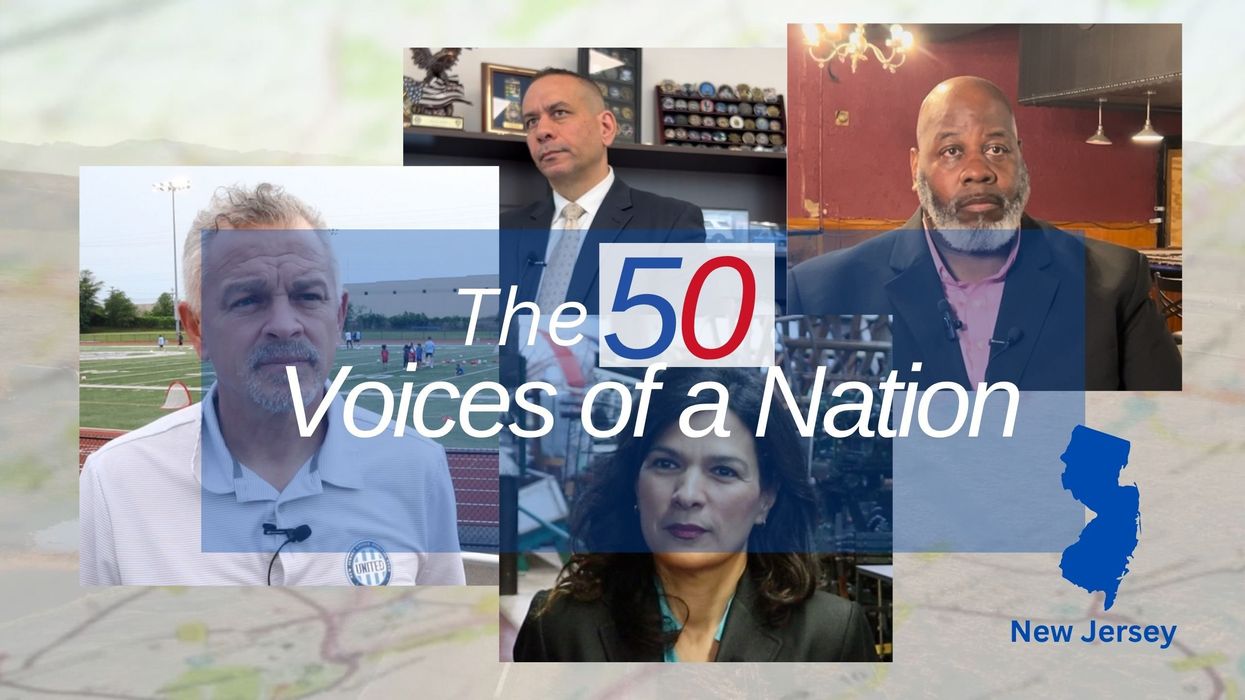Aftergut, a former federal prosecutor, is of counsel to Lawyers Defending American Democracy. Sarat is a professor of jurisprudence and political science at Amherst College.
Saturday’s assassination attempt on former President Donald Trump was a crime against the entire country and against democracy itself. Every American should be grateful that it failed, and that Trump has survived it.
Let’s say it plainly. It is an abomination that he was wounded as he campaigned for a return to the White House. Every one of us has an obligation to examine what we can do to stop any kind of recurrence.
We are grateful that, as The Washington Post notes, “Leaders of both political parties, including some with whom Mr. Trump has clashed, swiftly and unequivocally condemned the attack.” They are setting the right example in an otherwise toxic political environment.
We have lived this national nightmare too many times. In the last 60 years, we’ve had the assassination of President John F. Kennedy, of Medgar Evers and the Rev. Dr. Martin Luther King, of Robert Kennedy, and the assassination attempt on President Ronald Reagan.
In May of last year, another assassination attempt was foiled when a 19-year-old man drove a rented van into a White House barrier. He was a Nazi sympathizer who was prepared to “kill the president” and “seize power.” Saturday’s shooter, 20-year-old Thomas Matthew Crooks, apparently used an AR-15-style automatic rifle.
As we have before, all of us will live through the trauma of seeing the attempt on former President Trump’s life replayed over and over on the news.
Political violence is never acceptable, and attempting to assassinate a candidate for public office, much less the presidency, is particularly abhorrent. Once killings of leaders, political candidates and presidents become embedded in a nation’s history, neither figures on the left nor the right are immune.
We are grateful for the courage of Secret Service agents and first responders who acted quickly to protect Trump. But we need to stop putting them in harm’s way in ways that have become too common.
However, rooting out political violence will not be easy.
In our society, as political polarization has increased, so has approval of violent means for partisan ends. An April 2024 PBS NewsHour/NPR/Marist poll showed that one in five Americans believe that political violence may be justified.
At the time, experts said these figures put the nation in “an incredibly dangerous place” in the months before the 2024 presidential election.” And here we are today, with another presidential candidate shot at.
Signs of the danger have plainly escalated. The Jan. 6, 2021, siege of the U.S. Capitol was the largest collective resort to violence to achieve political ends since the Civil War.
And the cynical attempt to excuse violence as an expression of “political discourse” — or an exercise of patriotism — reflects a breakdown in the shared belief that only peaceful means are acceptable to affect change. Once that social consensus erodes, you can never know where violence will next strike.
A study led by Garen Wintemute, a University of California at Davis physician, surveyed more than 8,600 Americans about their views on political violence. It found that one in three Americans believe that violence could usually or always be justified to achieve one political objective or another.
The survey also found that “support for political violence ... grew among those who said they were recent firearm purchasers and grew even more among those who admit they always carry a firearm outside their home.” As Wintemute stated, “The data tell us there are, on any given day, thousands of armed people walking around in the United States who think that political violence is justified.”
It is no more justified than the commonplace shootings in America of school children, music festival attendees and grocery shoppers. Indeed, there is no reason for the use of firearms by any citizen against another except in self-defense.
If it hasn’t been reported already, we will soon learn whether former President Trump’s now dead assassin had his weapon lawfully. Whether he did or didn’t, however, is beside the point.
It defies common sense that guns are so readily available in America. Ours is the only country in the world with more firearms in circulation than citizens. We are on a pace to have over 500 mass shootings this year, well over one per day.
Ultimately, when a society relaxes or virtually eliminates the controls on individuals’ ownership of firearms, gun safety and weapons of war, the result is to loosen the social norms on gun violence in everyday life. Frequent mass shootings normalize it and inevitably undermine the civil norms disapproving of violence.
Count on hearing from the NRA and its companion organizations that Saturday’s assassination attempt was by a crazed individual or a criminal. We may even hear from gun advocacy organizations that if citizens in or near the shooting site had been armed, they might have stopped the shooting before Trump was wounded and two other individuals who lost their lives.
We can’t let such talking points obscure the brutal truth. Speaking to the statistical connection between guns carried in public and the readiness to engage in political violence, Wintemute put it bluntly: “ Denial is not our friend here. ”
Time will tell whether the attempt on Trump’s life will spur a turn in the direction of common sense gun safety. In the meantime, each of us should speak out against what happened last night in Pennsylvania.
We should also speak out about, and not deny, the role in yet another American tragedy of a Supreme Court majority intent on approving bump stock machine guns, concealed firearms on the streets and virtually unlimited rights to gun ownership.
Words and ballots, not bullets, are the way to secure a just and peaceful America, as well as to preserve our freedom and our constitutional republic against political threats to them.



















 From left to right: Gabriel Cardona-Fox, Bud Branch, Joe Concienne
From left to right: Gabriel Cardona-Fox, Bud Branch, Joe Concienne 